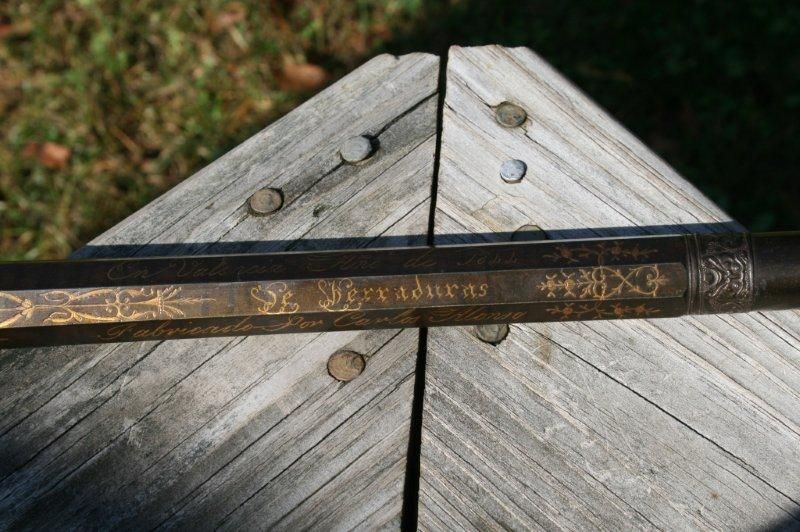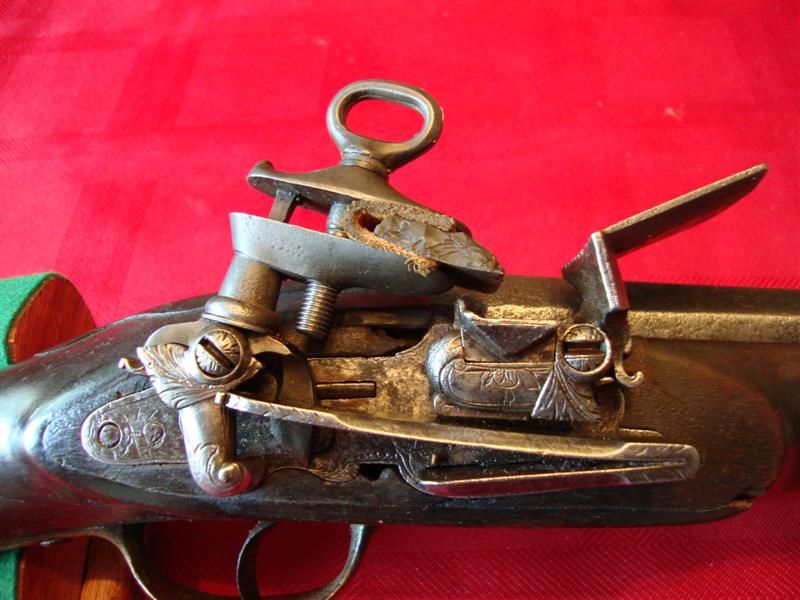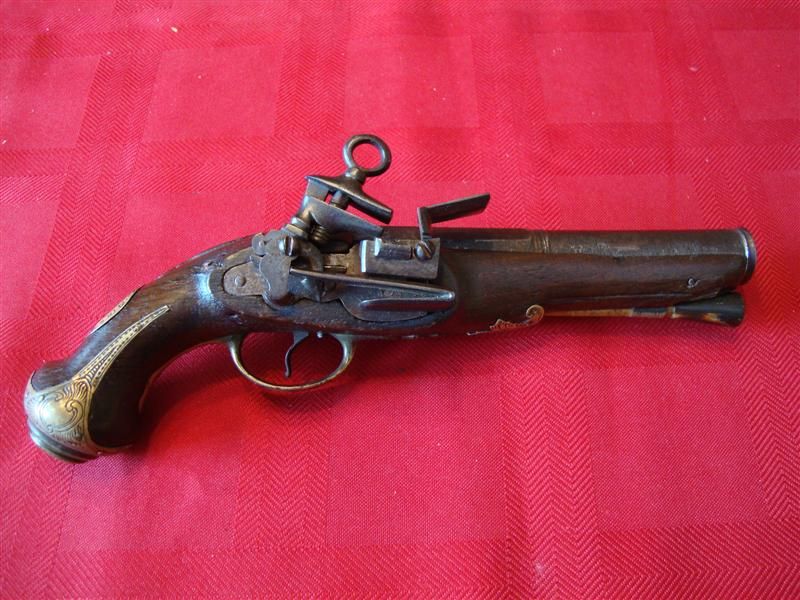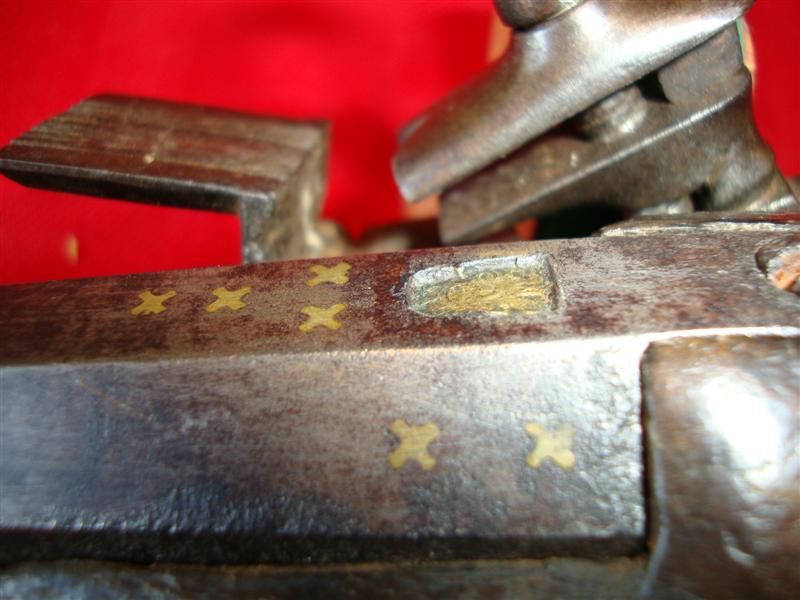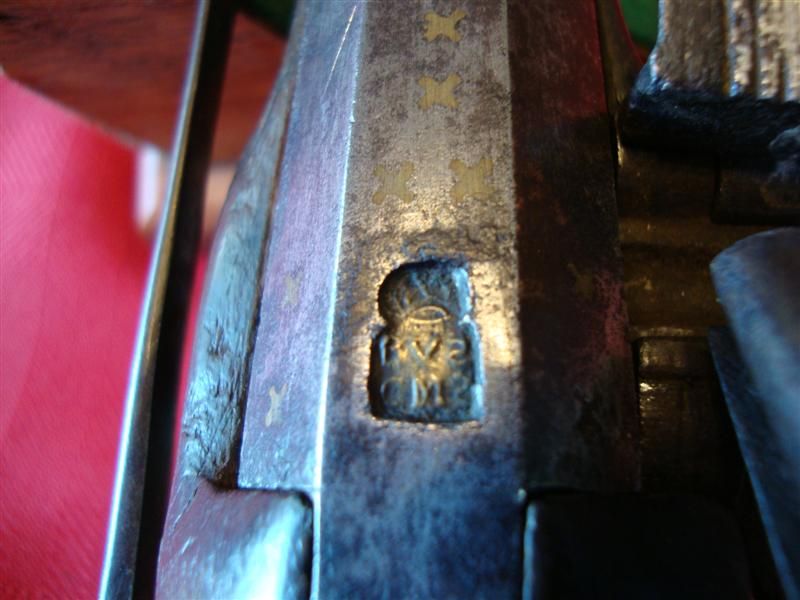can any one help me with information on this rifle -It was left to a friend by his grandfather and there is no information trail. what is it? what is it's value? It has the lock spring on the outside. The barrel starts as 6sided then changes to round.
On the top of the receiver is De Erraduras what does this mean? He was told it was a Spanish Miquelet, what is that? I have pictures but I am not familiar with this forum or how to post.

On the top of the receiver is De Erraduras what does this mean? He was told it was a Spanish Miquelet, what is that? I have pictures but I am not familiar with this forum or how to post.






